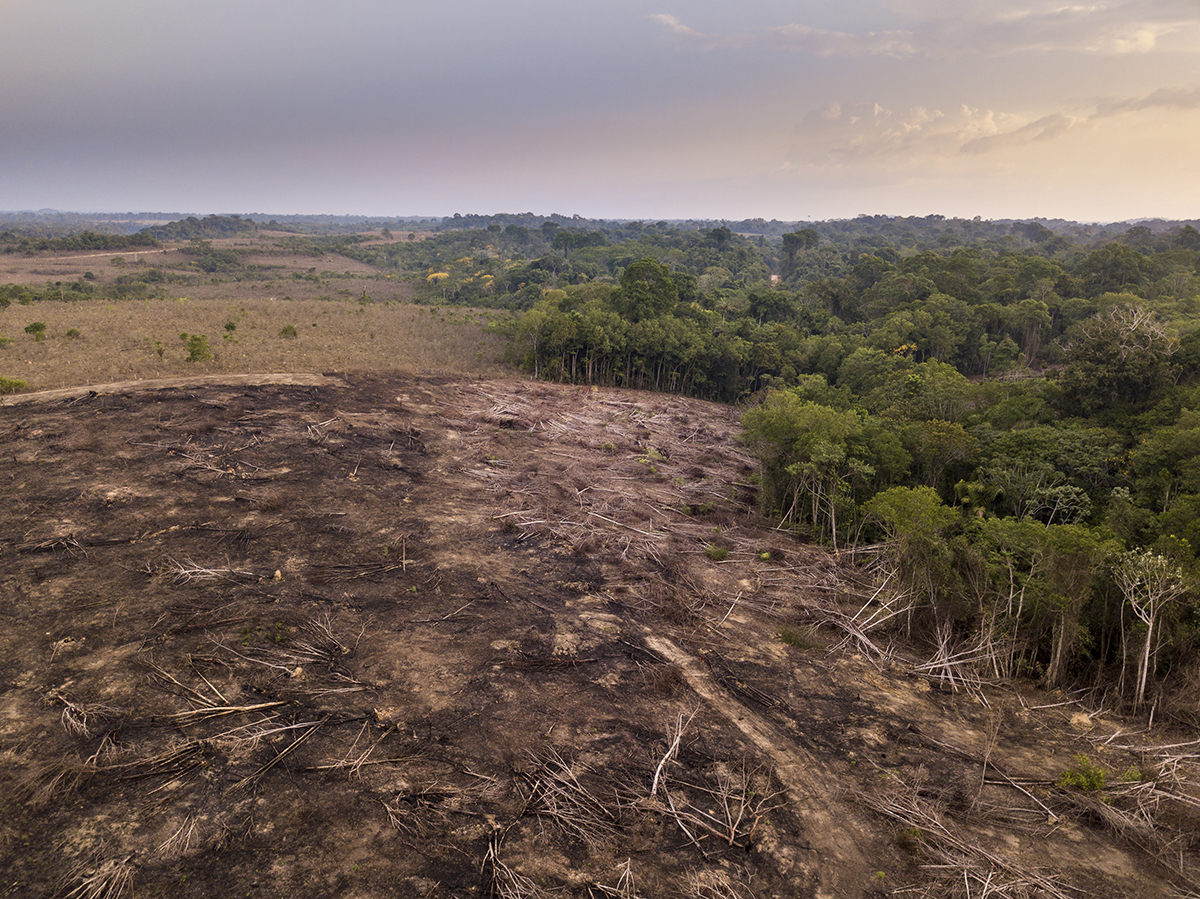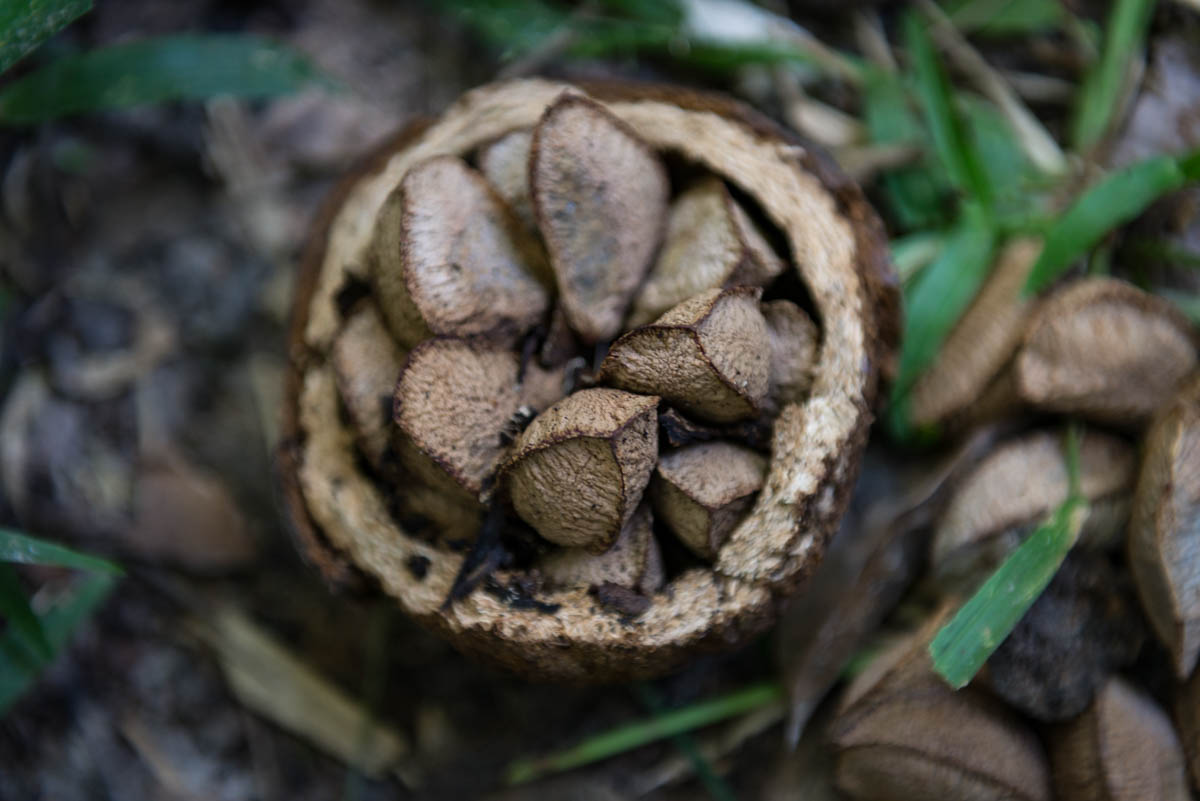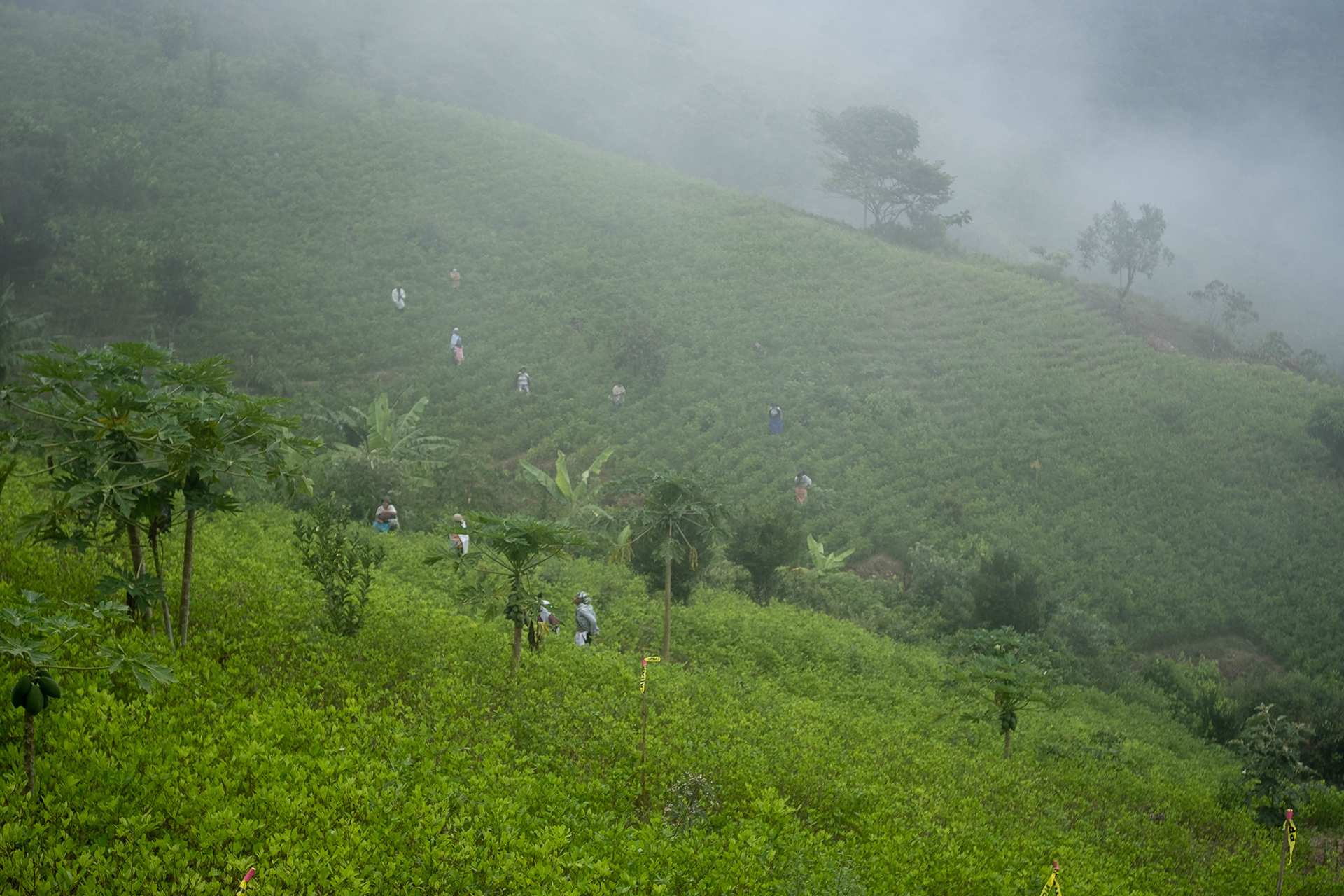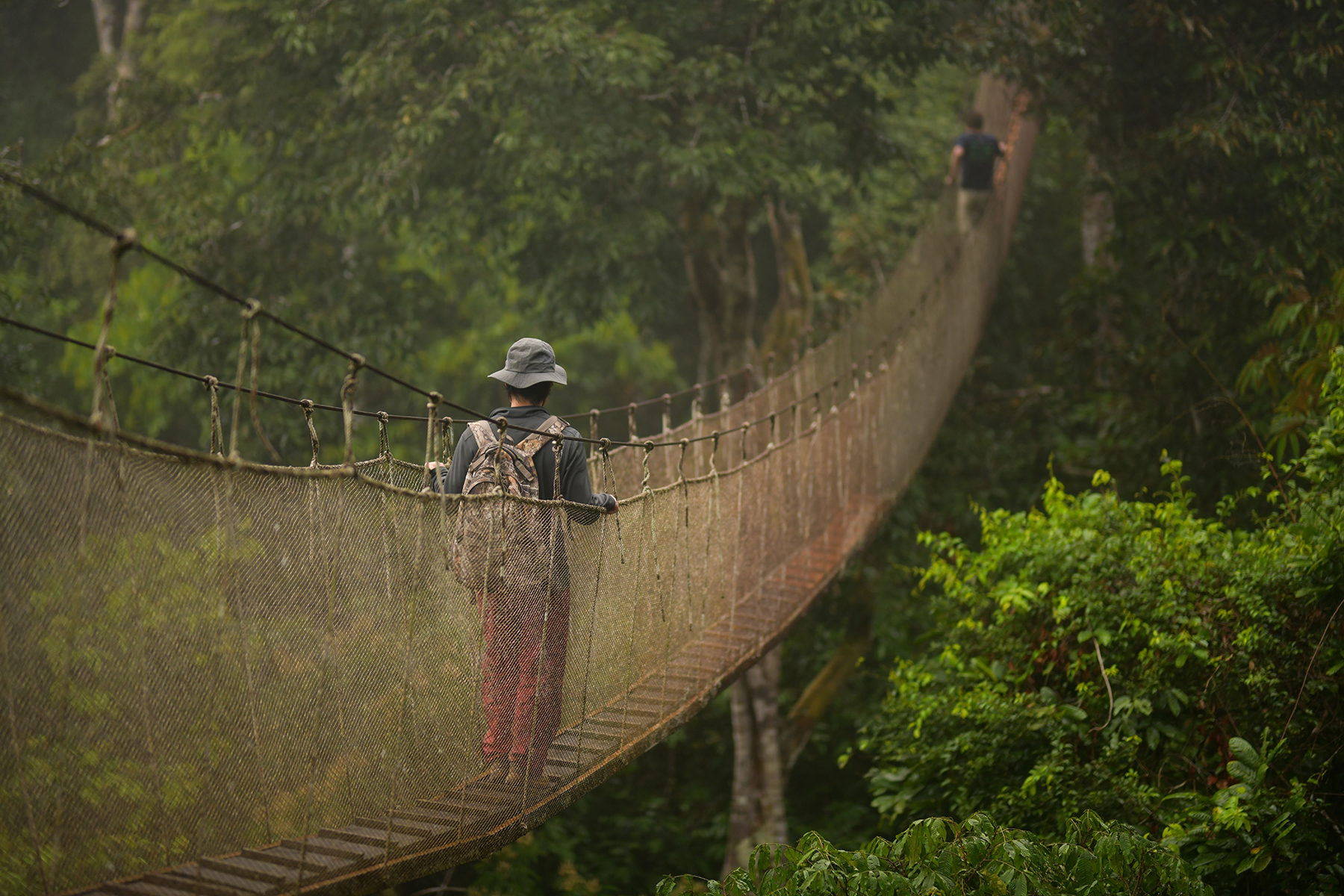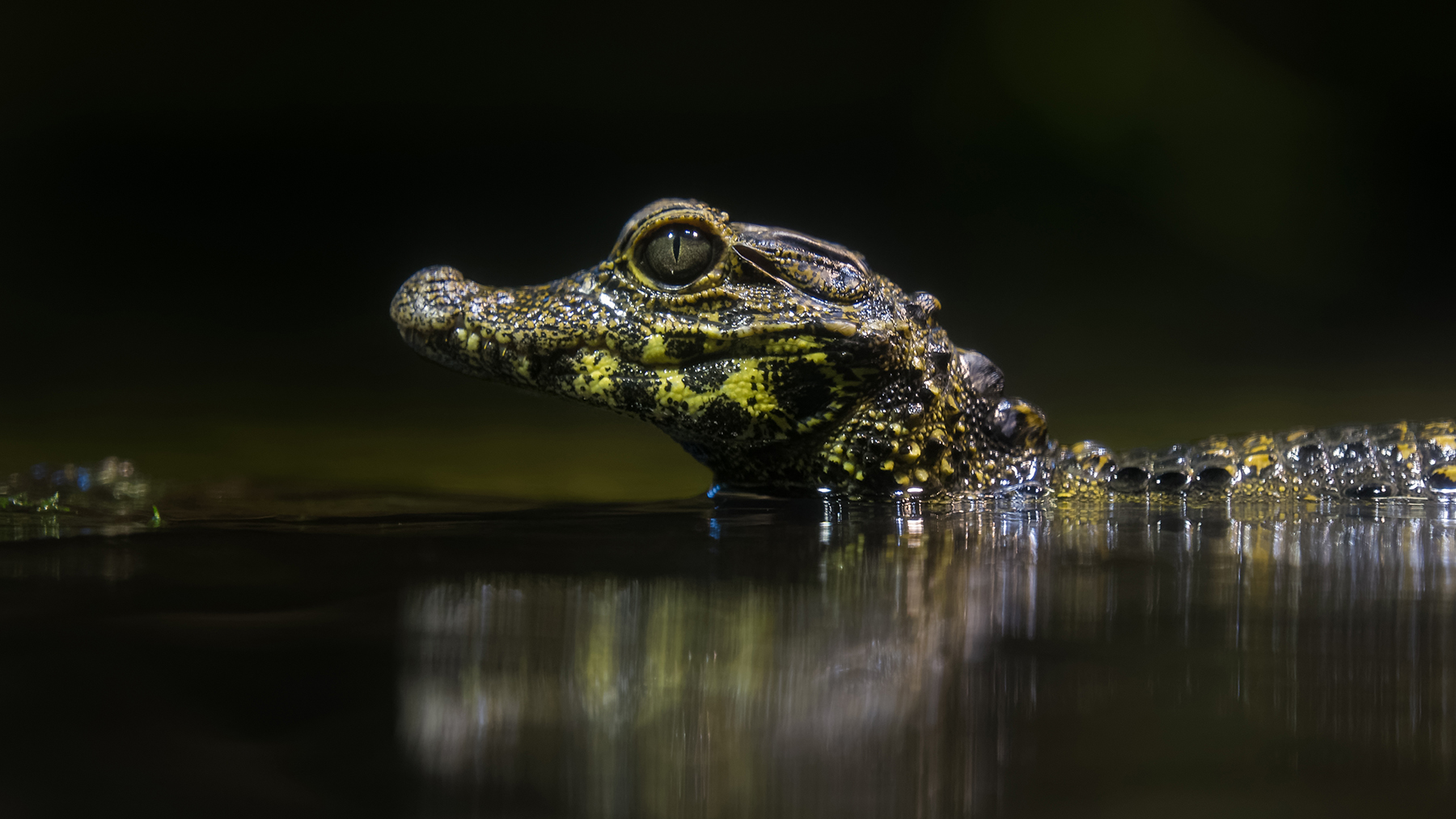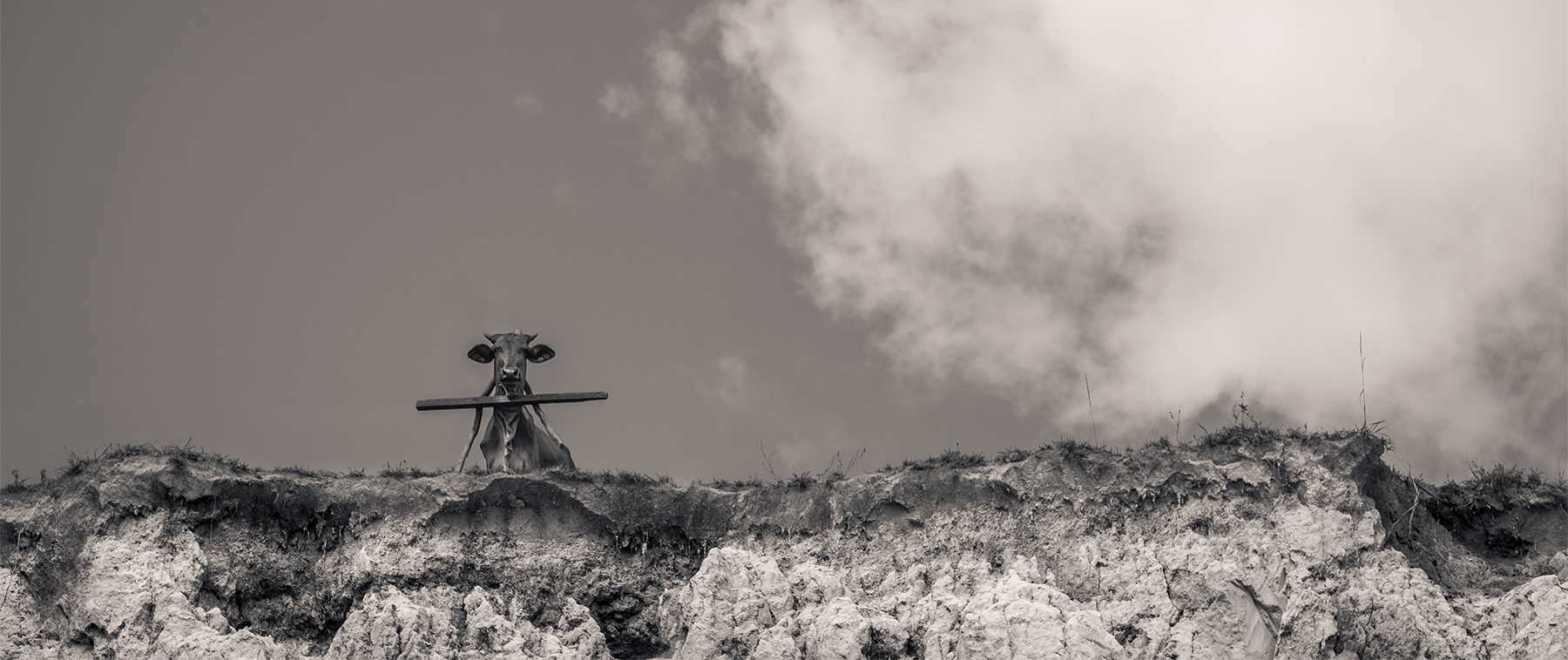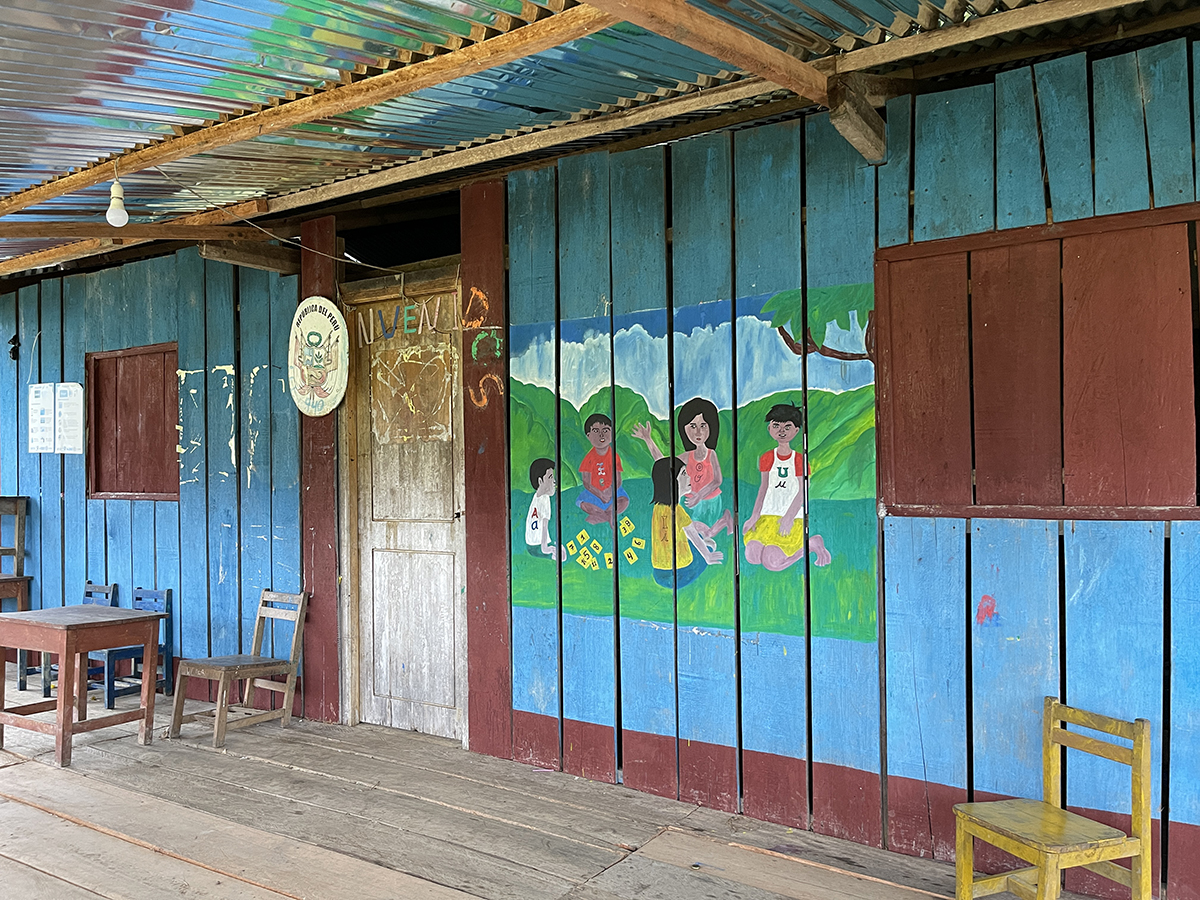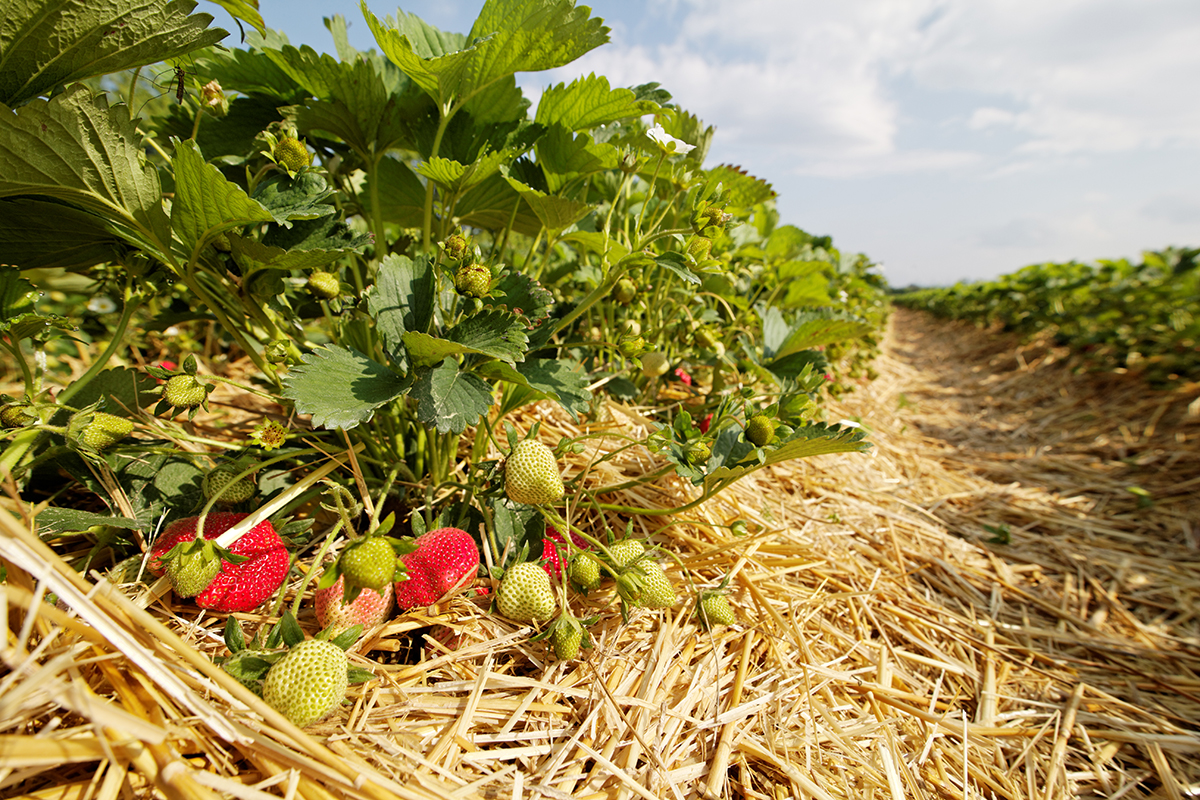In the Garden of Deeden: The Honey Harvest
According to the US Department of Agriculture honey bees alone pollinate 80% of all flowering plants. Their pollination of over 130 different species of vegetables and fruits means that these tiny creatures have a huge role in global food production. Their precipitous population decline should send shock waves throughout the world. That’s why every effort to protect … Read more


